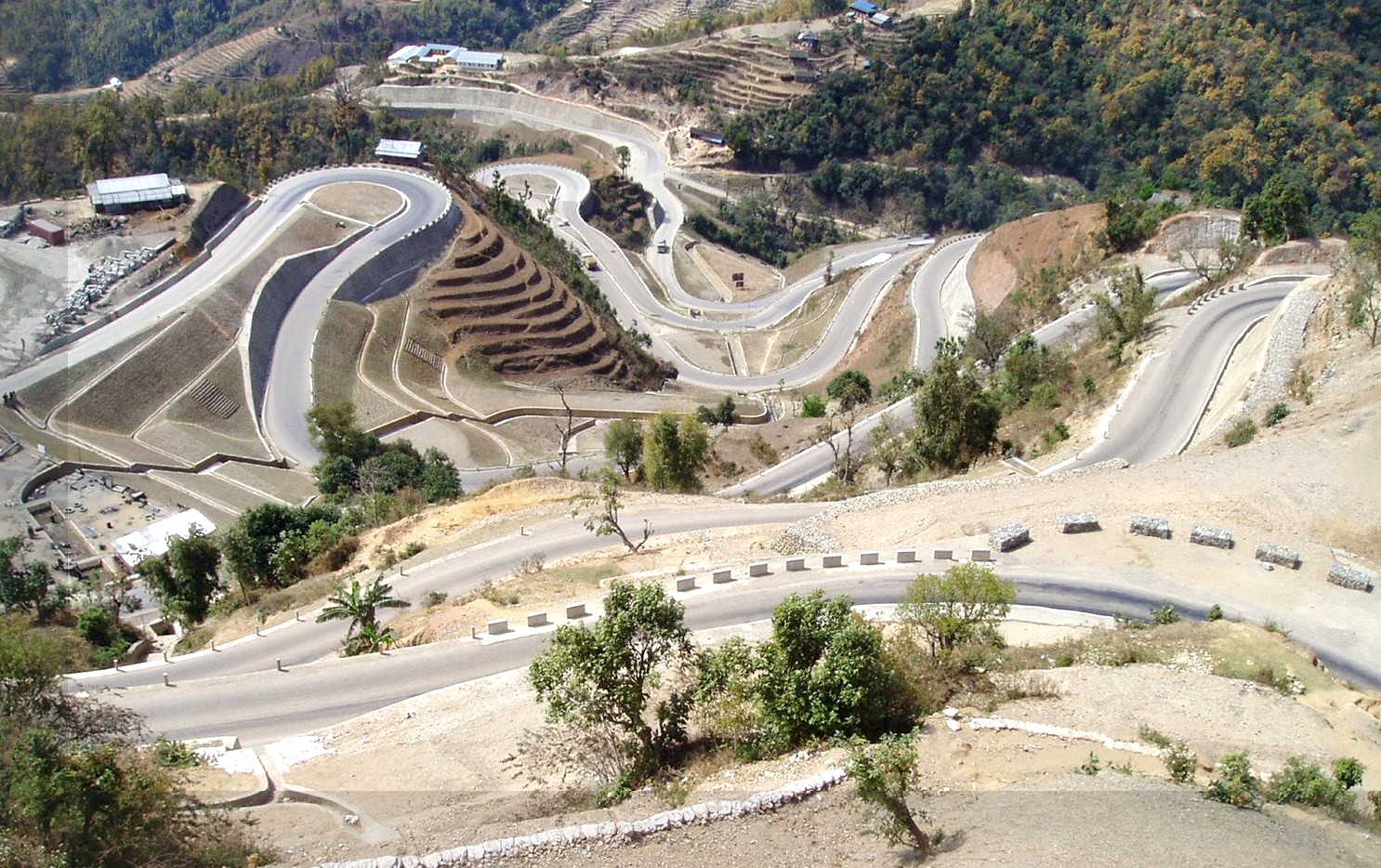Consulting Civil Engineering Companies Giving Geotechnical Solutions
Wiki Article
A Thorough Evaluation of the Providers Offered by Consulting Engineers in the Area of Geotechnical Engineering: From Website Investigation to Job Implementation
Consulting designers in geotechnical design play a crucial duty in the effective implementation of building and construction jobs, starting with detailed site investigations that reveal crucial subsurface conditions. Their knowledge prolongs to soil residential or commercial property analyses, ecological effect examinations, and the cautious monitoring of project execution, making certain placement with security and sustainability requirements.Significance of Geotechnical Engineering
Geotechnical design is an essential technique that underpins the security and sustainability of civil infrastructure tasks. By recognizing the mechanical habits of soil and rock products, geotechnical engineers assess the viability of sites for various building and constructions, including structures, bridges, and dams. This essential analysis makes certain that frameworks can endure environmental aspects and tons without experiencing failure.The relevance of geotechnical design extends past mere architectural safety; it also encompasses ecological stewardship. Proper geotechnical evaluations contribute to decreasing the environmental influence of building. Via cautious analysis of dirt properties and groundwater problems, designers can develop structures and keeping frameworks that mitigate dangers such as disintegration and landslides, promoting long-term stability.
Moreover, geotechnical engineering plays an essential role in job price administration. geotechnical works. By recognizing potential issues early in the style stage, designers can recommend proper solutions, thus preventing pricey delays and redesigns during construction. This aggressive strategy not only improves job performance but also substantially lowers threats connected with unforeseen site conditions
Site Examination Strategies
Reliable website examination techniques are important for gathering accurate data about subsurface conditions prior to construction. These methods assist in the understanding of the geological and hydrological atmosphere, which is important for making certain the security and security of suggested structures.Typical techniques utilized in site investigations include borehole exploration, which permits designers to remove soil examples at numerous midsts, supplying understandings into stratification and material types. On top of that, geophysical studies, such as seismic refraction and electrical resistivity, deal non-invasive ways to evaluate subsurface qualities over bigger areas. These methods can help recognize anomalies without extensive excavation.
Examination pits are one more useful method, offering direct observation of soil layers and enabling in-situ screening. geotechnical works. This strategy is especially helpful for shallow excavations and can aid examine groundwater levels. Additionally, cone infiltration tests (CPT) are increasingly made use of, as they supply continuous accounts of soil resistance, which aids in establishing soil strength and layering.
Each of these strategies plays a crucial duty in establishing an extensive understanding of website conditions, making it possible for consulting engineers to make enlightened decisions and referrals throughout the project lifecycle. Exact data collection during the website investigation stage is pivotal to mitigating threats and ensuring effective task application.
Dirt Residential Property Assessment

The assessment process usually includes a combination of lab examinations and field investigations. Key residential or commercial properties such as shear strength, compressibility, permeability, and moisture content are evaluated to determine the soil's viability for building and construction objectives. Standard examinations, consisting of the Atterberg restrictions, Proctor compaction, and triaxial shear examinations, are frequently utilized to gather data on dirt actions.
In enhancement to these tests, in-situ methods such as the Standard Infiltration Examination (SPT) and Cone Penetration Test (CPT) offer beneficial understandings into soil stratigraphy and thickness. The outcomes of these evaluations notify designers concerning potential obstacles, such as consulting civil engineering companies soil liquefaction or negotiation, enabling them to develop ideal mitigation methods.
Environmental Influence Assessment
Environmental effect analysis plays a vital function in the planning and execution of engineering tasks, especially in geotechnical engineering. This procedure includes assessing the possible environmental effects of proposed tasks on soil, water, air quality, and bordering ecological communities. Consulting engineers make use of different methodologies, including website evaluations, modeling, and area research studies, to recognize and quantify these influences.The examination typically starts with the recognition of baseline ecological conditions, which acts as a reference for anticipating possible modifications. Designers evaluate elements such as disintegration, groundwater contamination, and environment disruption, making certain that all relevant environmental laws and guidelines are complied with throughout the task lifecycle. Stakeholder engagement is also an important component of the evaluation process, as it cultivates interaction between job designers, neighborhood communities, and regulative bodies.
Moreover, reduction strategies are established to deal with determined influences, permitting engineers to propose options or adjustments to predict layouts that boost sustainability. This aggressive method not only reduces negative results on the setting yet additionally advertises public trust and compliance with environmental legislation. Eventually, reliable environmental influence analysis reinforces the overall integrity and feasibility of geotechnical engineering jobs, sustaining liable advancement techniques.
Job Execution and Monitoring

Tracking is a crucial element of project implementation. Engineers make use of various strategies, such as instrumentation and field tests, to analyze soil habits and architectural reactions in real-time. This continual monitoring allows the recognition of any kind of discrepancies from expected efficiency, permitting timely treatments to minimize risks.
Moreover, getting in touch with engineers preserve open interaction with service providers and stakeholders throughout the process. Regular website inspections and report card guarantee that all events are educated concerning project status and any type of emerging worries. By cultivating cooperation and openness, seeking advice from engineers promote a much more reliable execution procedure, therefore boosting task end results.
Inevitably, reliable task application and tracking not only support security and high quality requirements however likewise contribute to the overall success of geotechnical projects, ensuring they fulfill their desired objectives sustainably and responsibly.

Conclusion
In conclusion, the function of consulting engineers in geotechnical design encompasses a vital series of services that make sure project success. Eventually, the diverse payments of consulting engineers are crucial in addressing the complexities of geotechnical difficulties in modern-day design projects.Report this wiki page